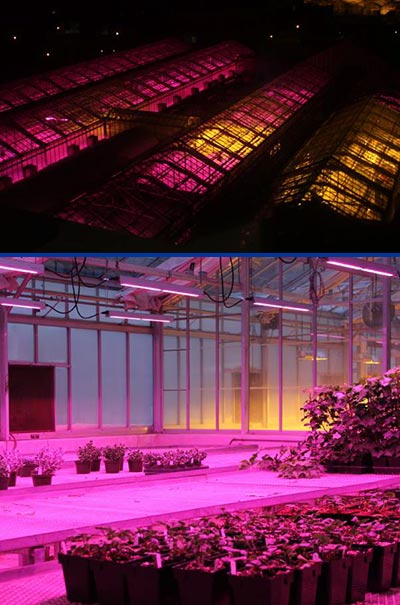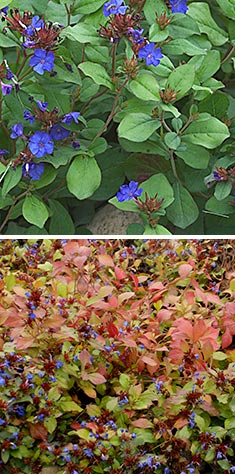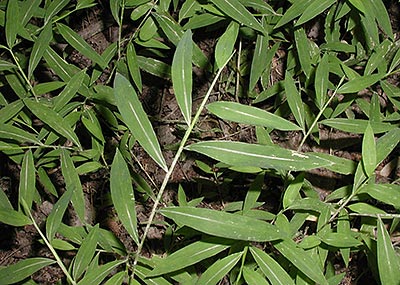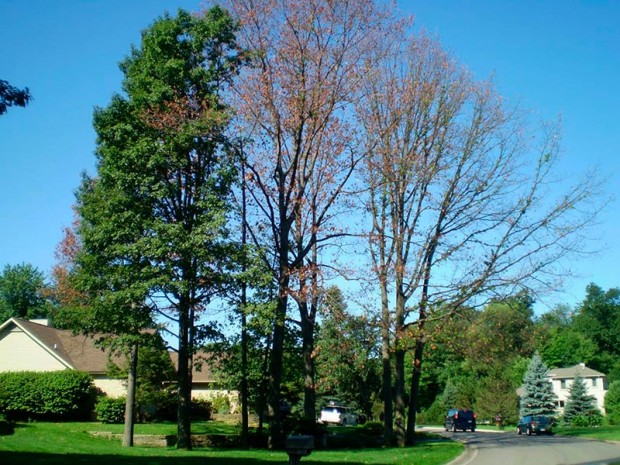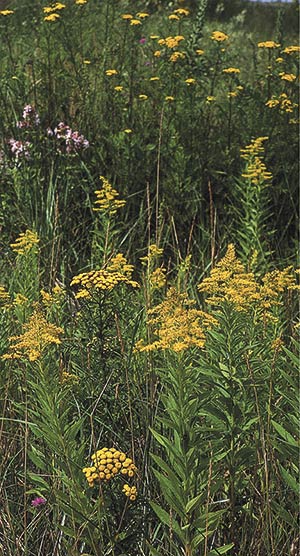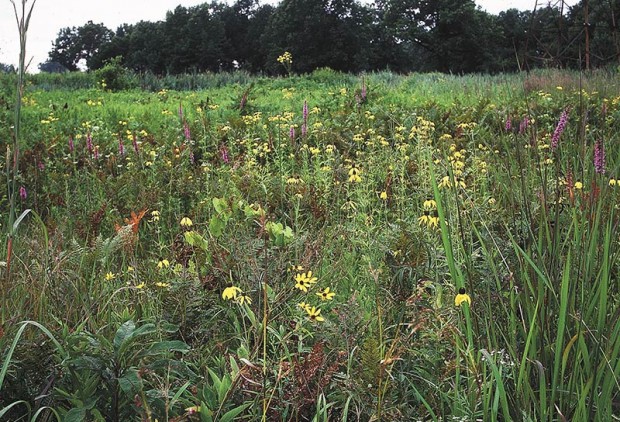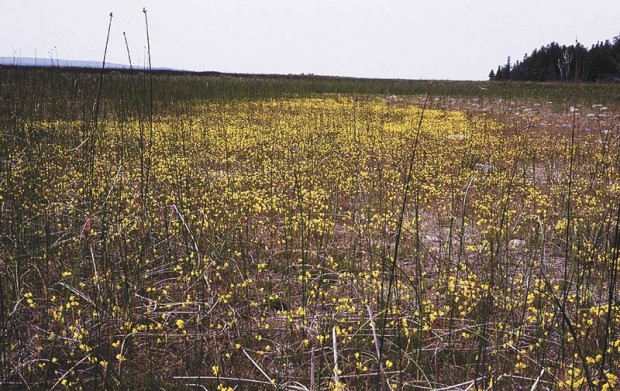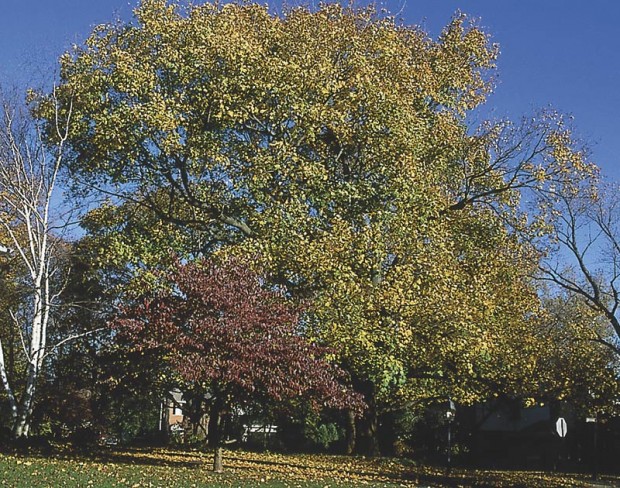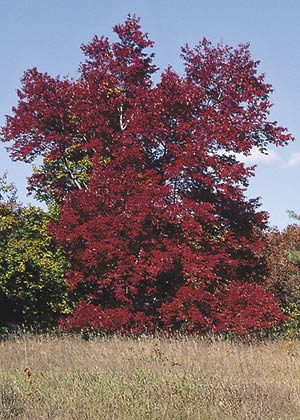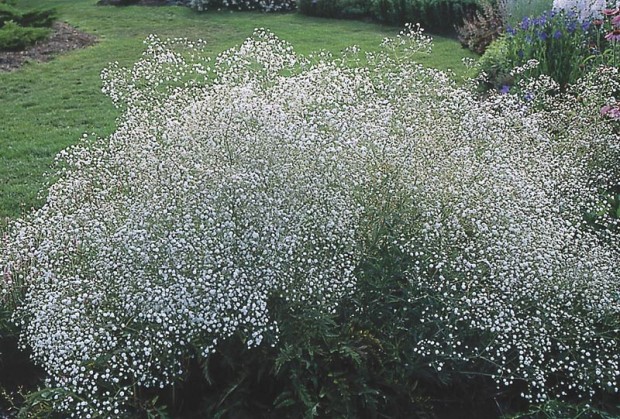I am looking for a deer repellent and found out some people have used Milorganite fertilizer to repel deer. Have you heard of that, and what would be the advantages and disadvantages?
According to Milorganite, “There is information in the common press and on web sites that state Milorganite is a deer repellent. Milorganite is not registered with the EPA as a deer repellent yet.” Additionally, a customer service representative for Milorganite said, “We do not use this statement in our marketing, since it has not yet been proven scientifically.”
Milorganite received its name in a contest in 1925, derived from MIL-waukee ORGA-nic NIT-rogen, named by McIver and Son of Charleston, South Carolina. It is the solid microbes produced from a water treatment facility in Milwaukee, Wisconsin. It is described by Cornell Waste Management Institute (Fact Sheet 2006, by Ellen Z. Harrison, Director) as “treated sewage sludge or biosolids.” They claim it ends up as a heat-dried pellet (thus killing viral and bacterial pathogens) and not compost. Milorganite literature assures it is tested daily and is safe for use as a fertilizer around children and pets. They also claim it is organic, however according to Cornell Waste Management Institute, “Sewage sludge products are not allowed for use in certified organic agricultural production according to the U.S. Department of Agriculture regulations.”
Cornell also conducted testing for the product as a deer repellent. Their 2005 preliminary findings indicated it reduced deer damage in summer when alternate foods were available, but not in winter or spring.
The benefit of Milorganite is its use as a slow-release nitrogen fertilizer containing 6 percent nitrogen, 2 percent phosphorus and 4 percent iron. It won’t burn plants if too much is applied because it has virtually no salt content like other fertilizers. It is recommended you keep the product away from children and pets and to wash hands immediately after handling.

